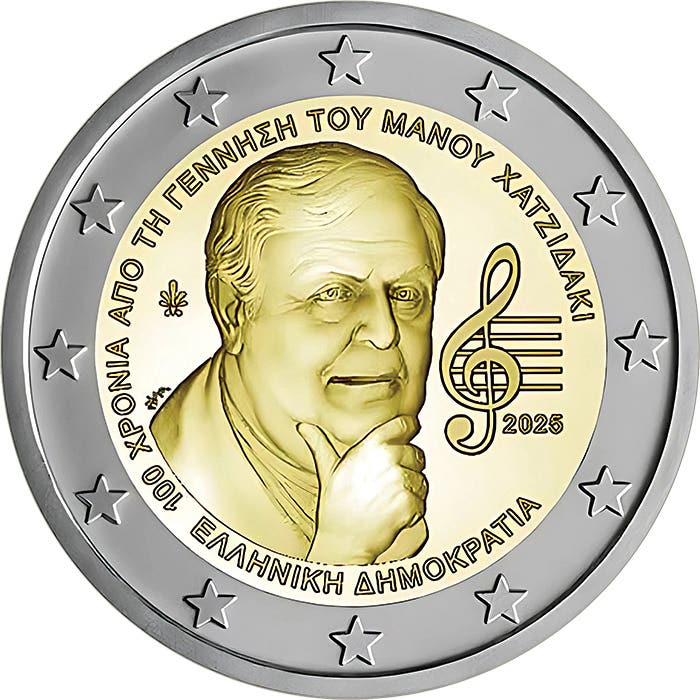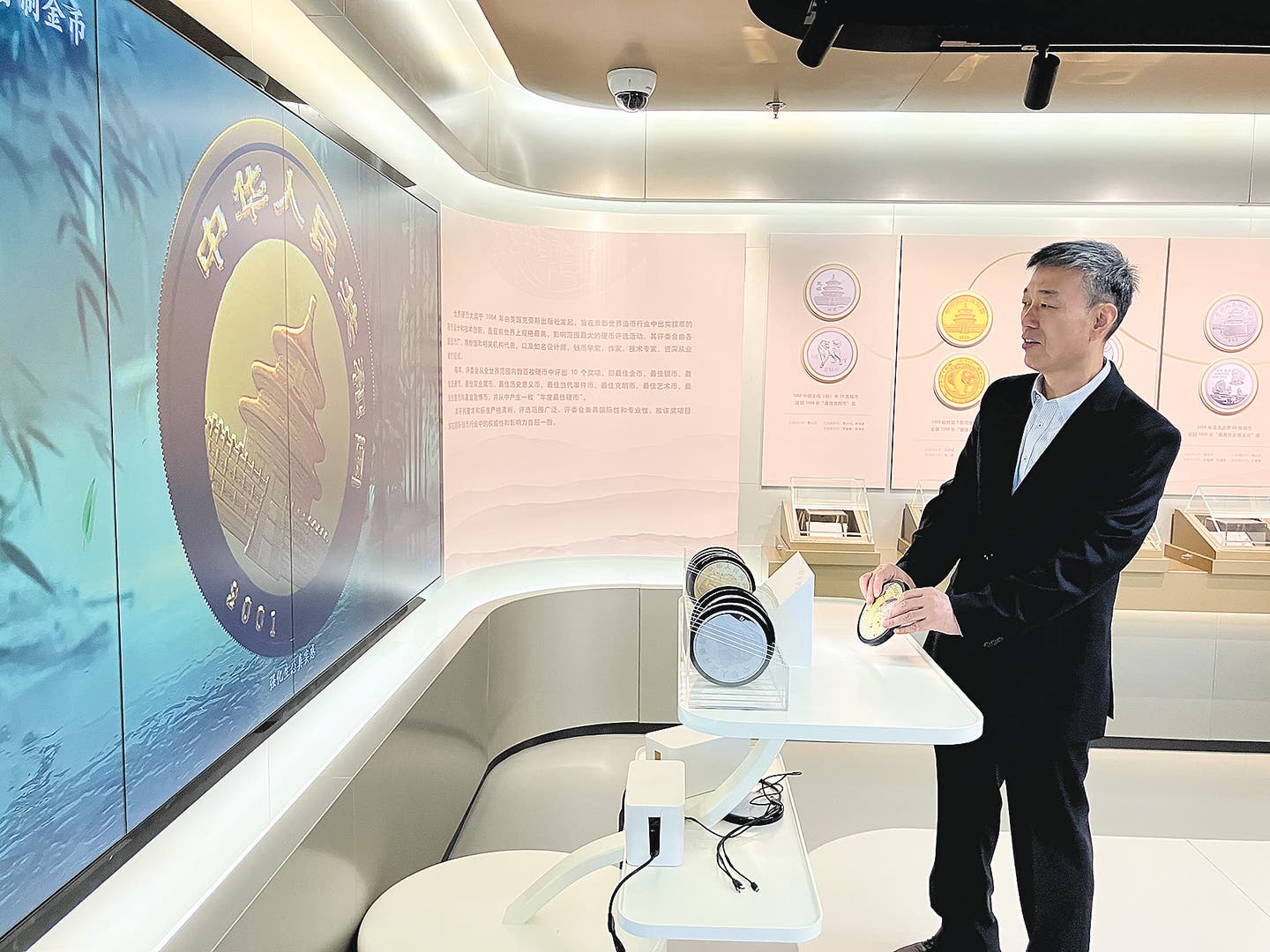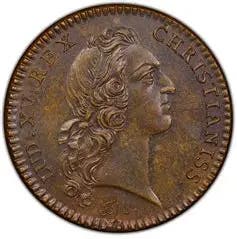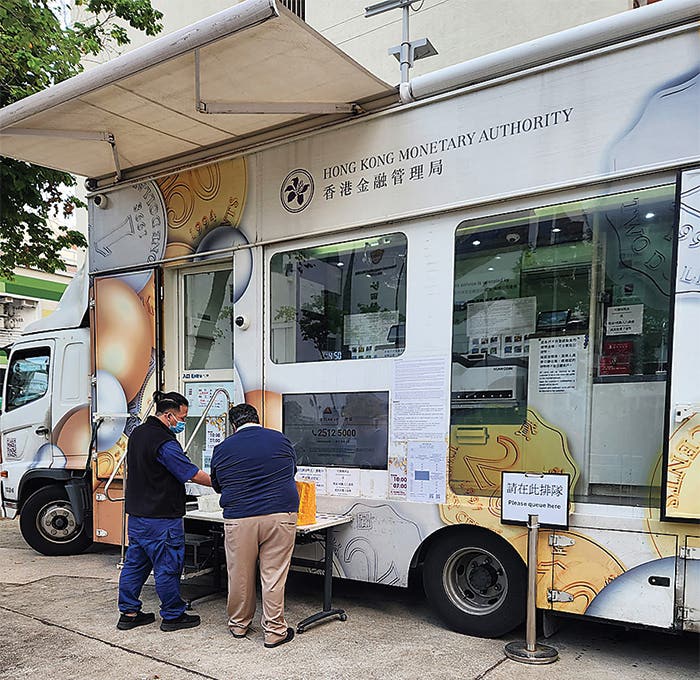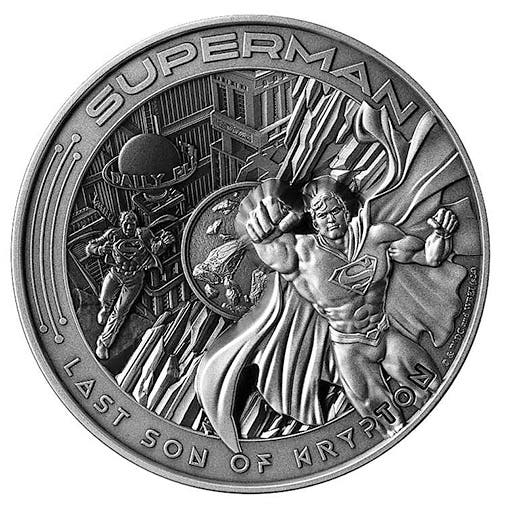A Look at Kissi Pennies
One of the favorite coins in my personal collection looks nothing at all like a coin. It is a Kissi Penny from the country of Liberia. Like a lot of…
One of the favorite coins in my personal collection looks nothing at all like a coin. It is a Kissi Penny from the country of Liberia.
Like a lot of coins that numismatists have in their collections, it is the story behind the piece that means more to me than the coin itself.
My father worked in the U.S. foreign aid program from 1958-1966. That meant that I lived in the African nations of Sudan and then Liberia. My father obtained several Kissi Pennies in change while we lived in Liberia, where the local term for these items was “country money.” In the early 1960s, their face value was approximately $1.25 U.S.
At the time, Liberia’s dollar was fixed at the same value as the U.S. dollar. Liberian coins were almost all struck at the U.S. Mints. At the time, the silver coins, dime through dollar, were struck of 90 percent silver but weighed less than the corresponding U.S. coins. The only circulating currency at the time were U.S. issues up to the $100 denomination.
The Kissi Pennies were made from iron. Bong Mountain in Liberia has the world’s purest source of iron ore, about 2/3 purity. Village smiths would make these coins at the direction of the village chief. They were twisted pieces of wrought iron, ranging in length from about six to 16 inches, though mostly nine to 12 inches. At one end was a rounded flat section called the ear or head. At the other end, called the foot, the coin had two points that you could visualize as being real feet.
These coins were made from the late 1800s and in the countries of Liberia, Sierra Leone and Guinea. They circulated among many tribes in these nations and, to a lesser degree, in other lands in West and Central Africa. Circulation ended in Sierra Leone around 1940 and had almost disappeared from Liberia by the early 1960s.
Two of these coins could purchase 20 oranges or a bunch of bananas. For larger transactions, they were mostly wrapped into bundles of 20 pieces. In the early 20th century, records indicate that a cow could be purchased for 100 bundles (2,000 Kissi Pennies), a bride for 200 bundles and slaves for as much as 300 bundles.
Once Kissi Pennies no longer circulated as money, they still had value for use in religious ceremonies. These coins were considered to have souls where, if the head or foot broke off, it was considered bad luck. To regain the soul, broken pieces were repaired in a religious ceremony.
Kissi Pennies are worth maybe $3-$10 today, but that is not why they are special to me. It comes from a land where I lived at one time and is a memento that my father received in everyday commerce there.
What else could I have for an odd and curious collection theme? Maybe you can guess why one of my other numismatic interests is coins that bear the word “Heller” for the denomination. If you use your imagination, there are a wide variety of ways to define your collection.
Patrick A. Heller was honored as a 2019 FUN Numismatic Ambassador. He is also the recipient of the American Numismatic Association 2018 Glenn Smedley Memorial Service Award, 2017 Exemplary Service Award, 2012 Harry Forman National Dealer of the Year Award and 2008 Presidential Award. Over the years, he has also been honored by the Numismatic Literary Guild (including twice in 2020), Professional Numismatists Guild, Industry Council for Tangible Assets and the Michigan State Numismatic Society. He is the communications officer of Liberty Coin Service in Lansing, Mich., and writes Liberty’s Outlook, a monthly newsletter on rare coins and precious metals subjects. Past newsletter issues can be viewed at www.libertycoinservice.com. Some of his radio commentaries titled “Things You ‘Know’ That Just Aren’t So, And Important News You Need To Know” can be heard at 8:45 a.m. Wednesday and Friday mornings on 1320-AM WILS in Lansing (which streams live and becomes part of the audio archives posted at www.1320wils.com).




